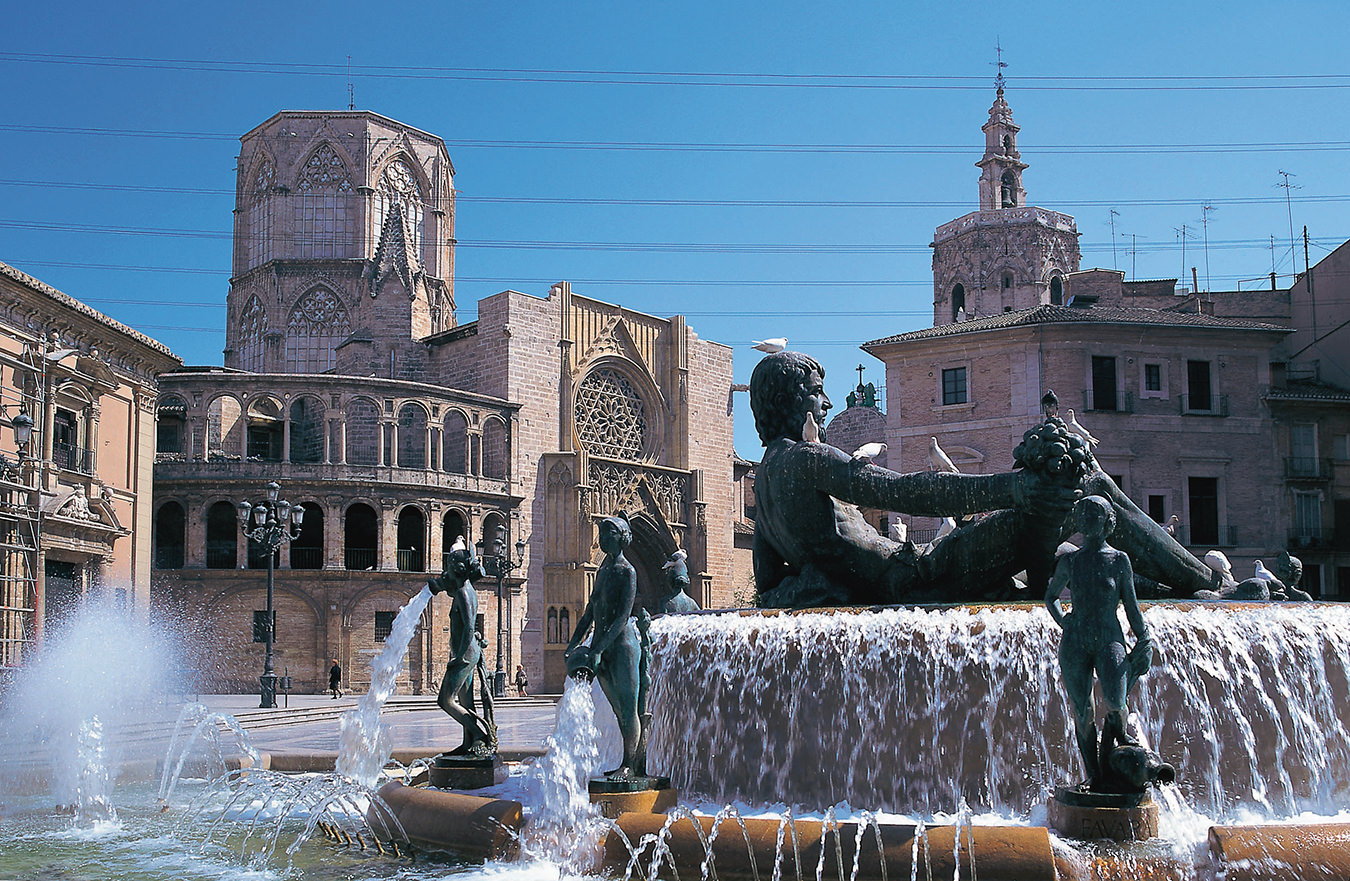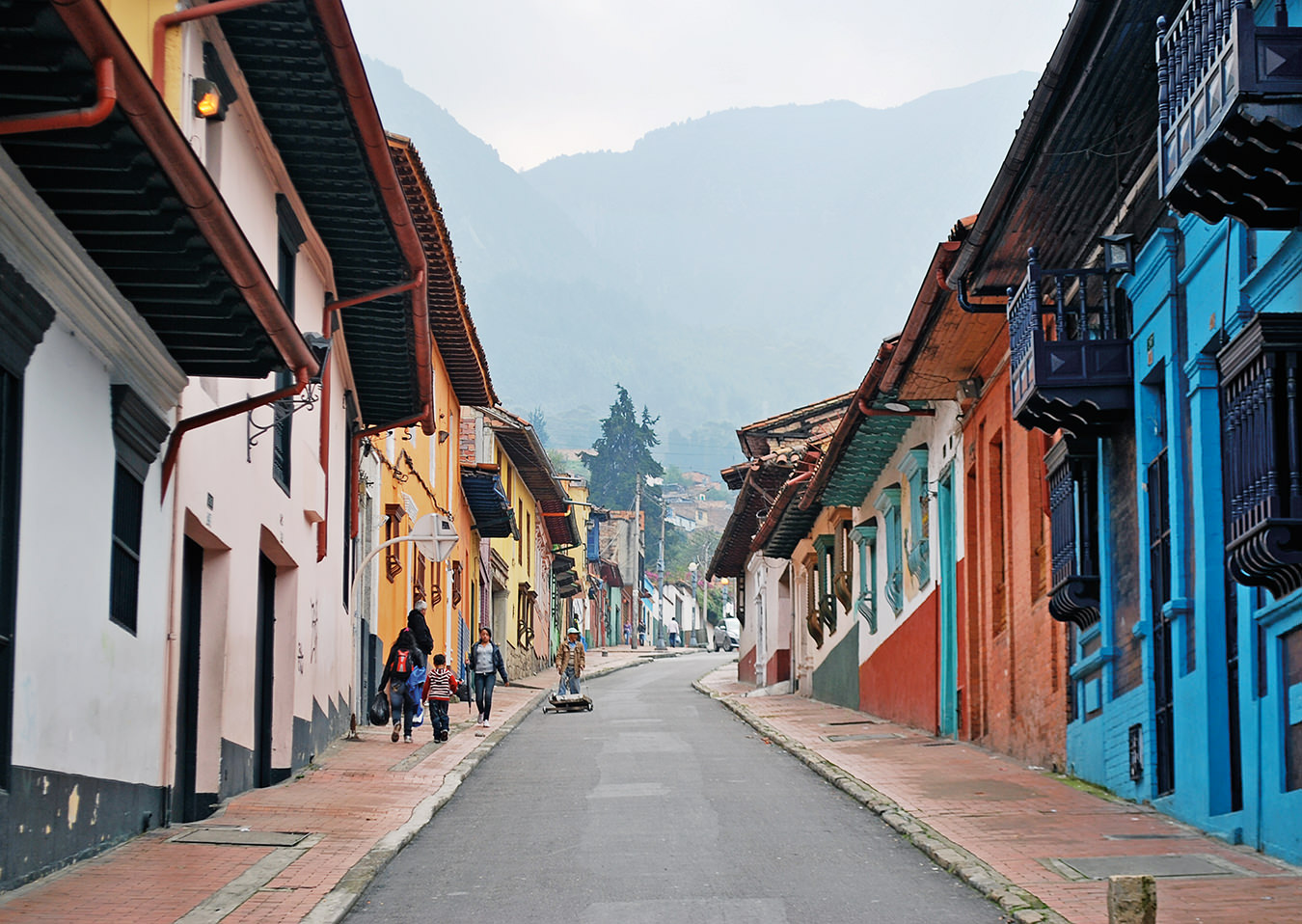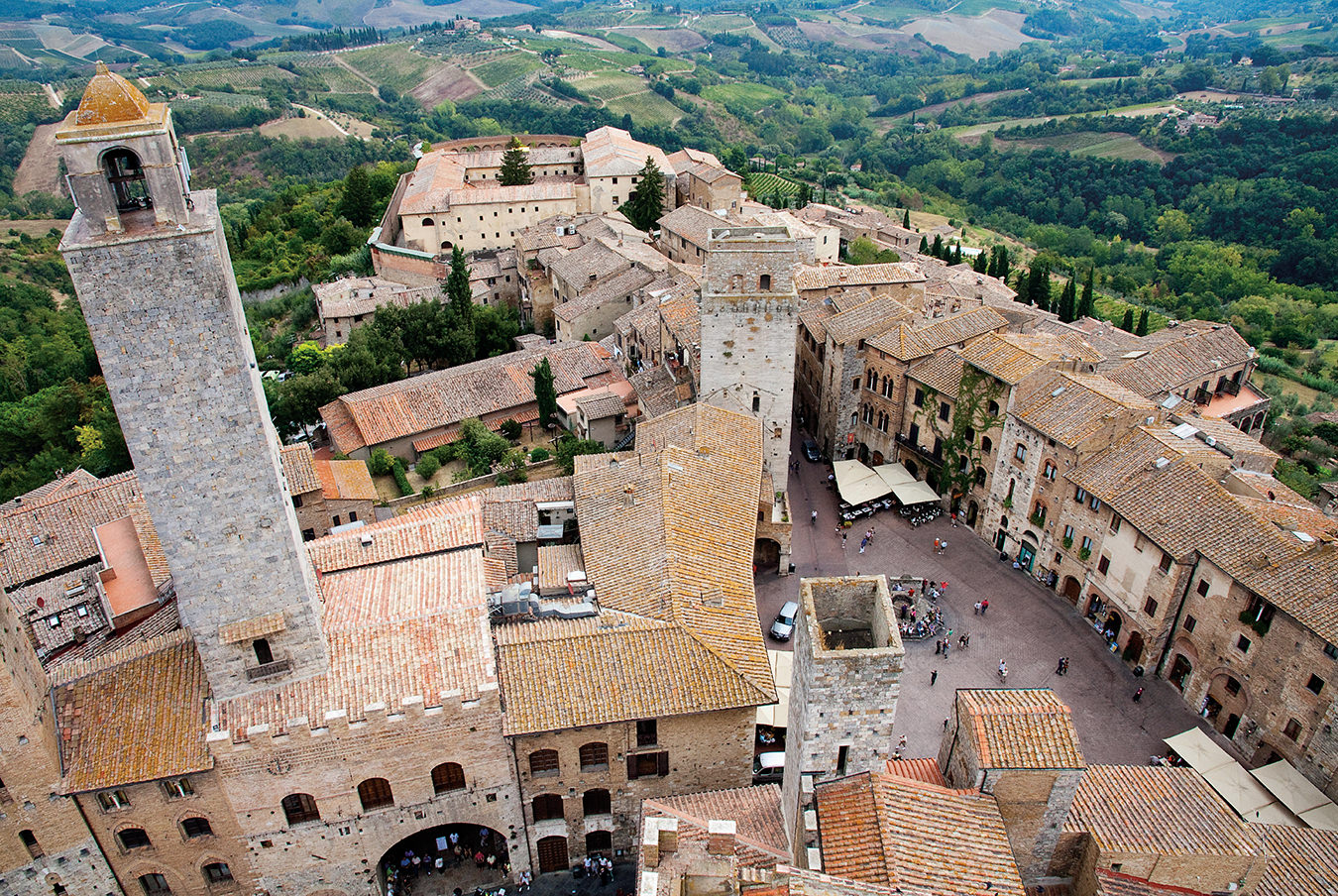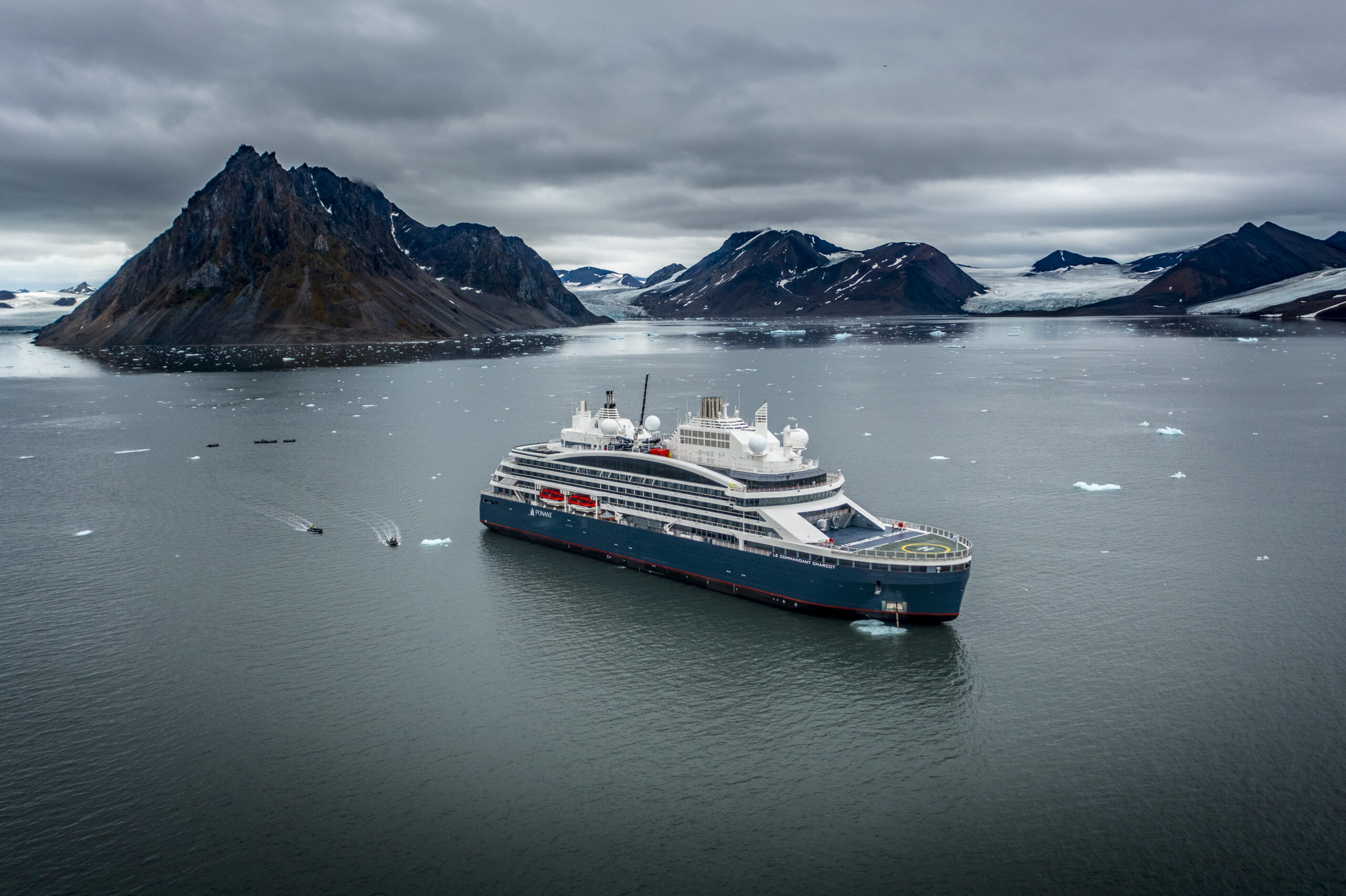
Aboard Ponant’s Le Commandant Charcot
A luxury polar expedition to one of the most remote spots on Earth, Greenland.
A group of Greenlandic children, faces lit with wonder, grip their parents’ hands as they stand atop the frozen northern Atlantic Ocean. Those too small to trudge through the snow are tucked onto hips, pudgy faces half hidden behind sunglasses to protect against the blinding white of the snowscape on this sunny May day. Groups of teens wearing Nikes and other impractical footwear gingerly tiptoe through the icy slush.
The hundreds-strong queue begins in the shadow of a looming ship and stretches back toward a village of colourful homes and buildings. Tasiilaq, a community of just under 2,000 residents, is the largest on Greenland’s eastern coast, but like most towns on the island, it is inaccessible except by helicopter or snowmobile in the colder months. The ship casting its impressive silhouette against the jagged peaks behind it is Le Commandant Charcot, one of 13 in the fleet of French cruise line Ponant. But what sets the hybrid electric vessel apart from the competition is its status as the world’s only luxury icebreaker ship, meaning it’s capable of cutting through thick sea ice, allowing it to sail to remote Arctic areas such as Tasiilaq.
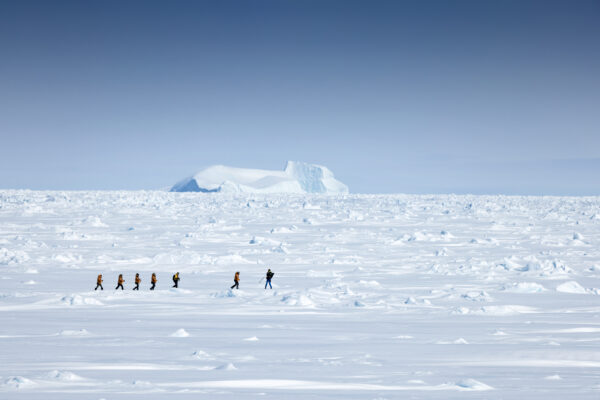
Today, at the request of the local residents, the Charcot leaves a wake of open ocean, giving the town’s small fishing vessels access to the bounty below the surface. When the ship drops anchor, the crew and locals haul pallets of fresh produce across the ice to the shore with snowmobiles. In a symbiotic cultural exchange, passengers wander the town’s streets, and eager children waiting in line come aboard to admire the boat’s interior and, most exciting, ride its elevator.
Le Commandant Charcot is small by cruise ship standards, with a combined 123 guest rooms and suites and none of the more garish markers often associated with cruise liners—if it’s waterslides, casinos, or plastic cups with mini umbrellas you’re seeking, look elsewhere. Instead, Ponant opts for grand style, intended for those wishing to get off the beaten track yet always be in comfort. The interior colour palette of light woods, blues, and tans designed by Jean-Michel Wilmotte and Jean-Philippe Nuel complements the wintry environment. Rooms range from cozy but comfortable to downright extravagant: the owner’s suite is 1,237 square feet with a soaker tub overlooking the water, a private outdoor deck with a hot tub, and a Swarovski crystal–adorned telescope.
As a French vessel with a mainly French clientele (though poised to become more Canadian as Le Commandant Charcot will make its first journey up the St. Lawrence River in winter 2024), it highlights culinary offerings, with two restaurants, two bars, and a juice bar. The top-deck Sila Restaurant is buffet style, while a few decks down, guests are treated to the best of French cuisine at Nuna, the first at-sea restaurant from chef Alain Ducasse, whose more than three dozen restaurants have 21 Michelin stars among them.
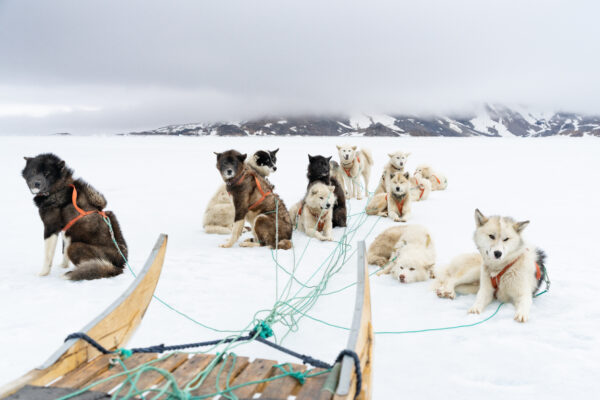
This Arctic expedition comes with a host of excursions and activities, including kayaking, hiking, snowshoeing, ice meditation, “tea and ski” (cross-country skiing with a pause for a hot cup of tea), and for the extra daring, a polar plunge (you’ll need passing marks on an ECG from your doctor at home to partake). Depending on the weather, stops may include dramatic fjords, towering iceberg clusters, and the Blosseville Coast. “We try to set up a plan with daily activities, but we are an expedition and nothing is guaranteed 100 per cent,” Captain Patrick Marchesseau announces on embarkation day. “Which means we may face some unexpected conditions.”
For those uninclined or unable to participate in the excursions, days can happily be spent on board, peering through binoculars in search of polar bears (which remained elusive on this sailing but are often spotted), enjoying the near-constant live music, attending one of the many lectures given by the team of on-board naturalists about the territory, the ship, or the environment, or getting insider tips from extreme environment photographer Ian Dawson or wildlife and travel photographer Sue Flood.
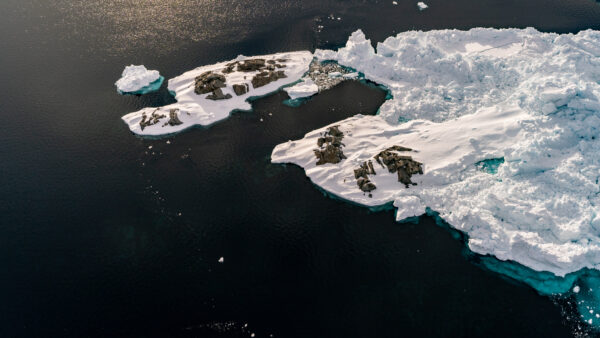
On this 10-night expedition departing from and arriving in Reykjavik, Iceland, the good-humoured Captain Marchesseau is a constant presence, from frequent intercom announcements (often accompanied by a cheeky soundtrack like the Pirates of the Caribbean theme song) to exclusive invitation-only captain’s dinners.
The Charcot’s status as an icebreaker permits visits to areas that are otherwise mostly unreachable. Ponant views this rare access as a responsibility, collecting and analyzing data from the ocean ecosystem in the on-board wet lab, granting scientists room and board to conduct research (a massive upgrade from their usual expedition lodgings, one ecologist tells me), using recycled energy whenever possible, and respecting the space of wildlife.
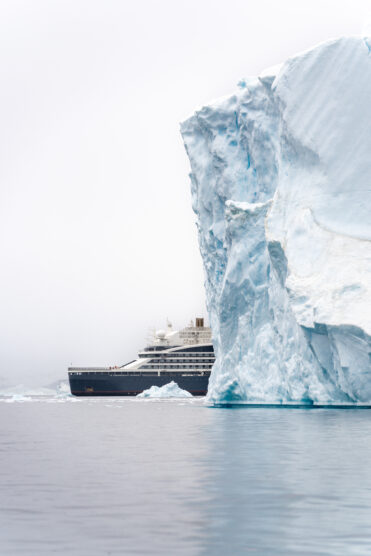
Breaking through the layer of sea ice seems like it might have environmental repercussions, but the straightforward Greenlandic local who is one of the ship’s naturalist guides is nonchalant. “The ice is constantly moving, constantly changing,” he says. “This ship is a tiny speck in the ocean.” Indeed, the ice behind the ship drifts back together so quickly that one day, it briefly traps a handful of kayakers. Out here, the ice is a force of its own, capable of forming towering blue icebergs and crusting over the tumultuous ocean. As Captain Marchesseau explains, “The key in Greenland is that only the ice and the weather will decide.”
Despite the expedition’s practical aspects, the mood on board is lighthearted. It finds the humour in glimpsing an “ice bear” instead of a polar bear, the joy in a simple elevator ride, and the thrill of never quite knowing what the next day will hold. Many passengers have taken previous trips with Ponant—some greet the crew by name when they make their way up the gangplank. And at least one person will remain on the ship when it docks back in Reykjavik—only to enjoy the splendours of the Arctic yet again.
Photography courtesy of Ponant.

